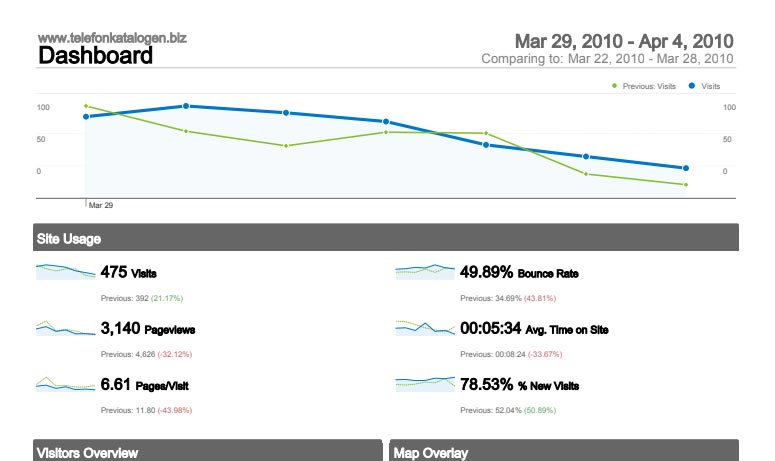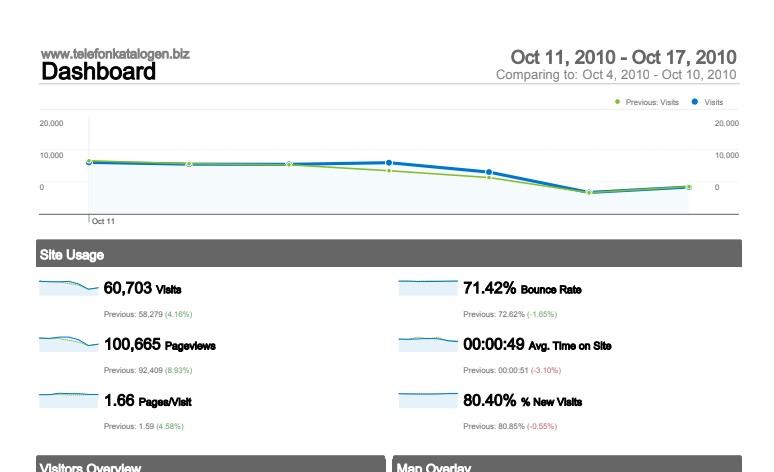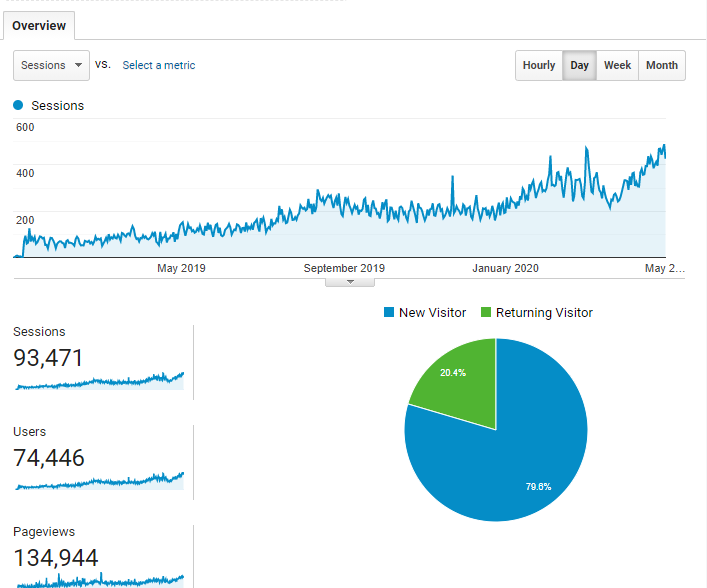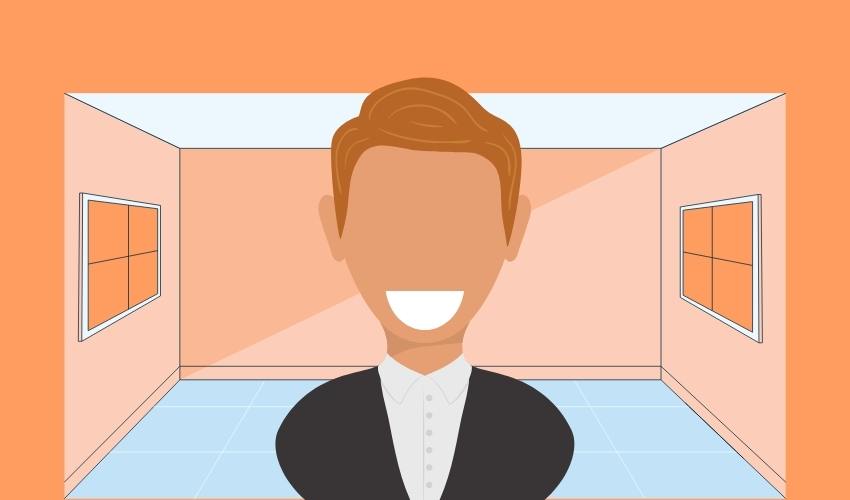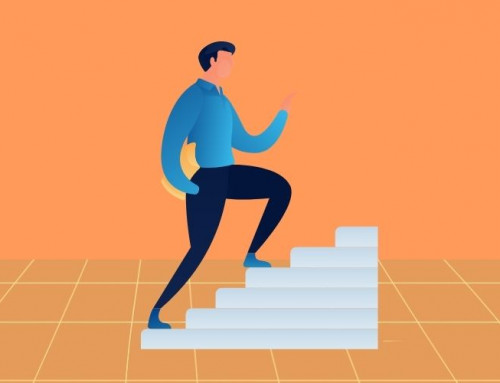A buyer persona is a composite sketch of your ideal customer.
These personas are based on data collected from about a specific usertype.
The information about your buyer persona can be found by noticing a large group of people with a specific challenge.
It can also be found via interviews with existing or new customers.
These buyer personas are very detailed pieces of information that can be used to guide the marketing efforts for a product or service.”
When it comes to marketing campaigns, one size does not fit all.
A buyer persona is an individualized representation of your end customer that reflects their needs and motivations.
This can be used as a benchmark when communicating with potential customers.
Also, to increase conversion rates and improve retention rates.
Table of Contents
Buyer personas are a powerful tool for marketing and sales
They allow you to understand your customers better, what they want, and how to reach them.
This content marketing blog post will show you how to create detailed buyer personas that will help increase conversions on your website or landing page.
This is a guide on how to create detailed buyer personas for your business by following these steps:
- Identify the key traits of your ideal customer
- Understand user personas behavior
- Find out their needs
- Create content around those needs
What is a buyer persona?
A buyer persona is a representation of one specific customer.
It helps companies understand their target audience and plan based on this information.
Person’s “buyer persona” can be described as an individualized description of the needs, desires, motivations. Or preferences that shape how they buy goods and services for use in office environments. Whether it is furniture like chairs or desks.
Also, architectural elements such as partitions separate different parts of open space into private offices. Lighting fixtures such as ceiling lights. These cast light downwards onto workstations.
They are instead emitting from lamps mounted at eye level.
Buyer Personas are made up of several pieces of information.
First, they allow people at your company to have more authentic conversations about them.
This will lead to better solutions for their needs.
Second, the way they shop online or interact with social media may be different than how someone else shops, so it’s crucial we all know who our customers are!
Why should you create a buyer persona?
As a business owner or marketing specialist, you should create buyer personas to understand better and identify your target audiences.
Buyer personas are an essential tool:
They help to understand the demographics of potential customers and their
- needs
- wants
- desires
- behaviors
Creating one representing your ideal customer profile using crucial information.
These include age range and gender distribution, among other social characteristics.
It becomes possible to combine this data with product features to develop ideas about what might be appealing to them. The input is informative. This can help businesses make more informed decisions on content development strategies. Such as whether they want to focus on building trust through storytelling or highlighting unique aspects of products & services offered.
How does your business use buyer personas?
- Shift your perspective from the organization to the customer.
Marketers can all too often use corporate-speak and buzzwords that are meaningless. Buyer personas can help avoid this trap by reminding them to focus on the real people who read their posts and follow their content.
Make sure you are addressing your customers’ interests instead of focusing on what is important to you.
An understanding should inform every decision you make when creating your content marketing strategy of who your buyers are.
If your new campaign does not meet the needs and goals of at least one of your buyer personas, you may want to reconsider releasing it.
Remember that your social strategy needs to be based on achieving goals for your marketing segment. Boost sales while creating trust and brand loyalty through helpful interaction with the actual customers you’re representing.
Target your social ads more to hit your desired target audience
Social advertising provides detailed targeting options. Once you define your buyer personas, you can create social ads that speak to the target audience you have defined. Then, use social ad targeting to get your ad in front of the right people.
Suppose you have different buyer personas that are focused on separate interests. In that case, it is wise to create individual ads for each to improve your conversion rates and optimize social media campaigns.
Use the buyer persona spring to increase your ROI.
Developed by professors and authors Aleksej Heinze, Tahir Rashid, Gordon Fletcher, Ana Cruz. The buyer persona spring is a model that links your business objectives with your buyer persona. It’s called a spring because it involves three loops:
- Content: What kind of content do you think your buyer persona will be interested in?
- Channels: What social media platforms does your customer stereotype use most?
- Data: Good data can be used by the team to check their efforts, report on their success, and make revisions as needed.
Each loop includes four steps, where you plan, act, observe and reflect.
The following section will discuss making plane travel more manageable by gathering and planning ahead of time.
How to create a buyer persona
We have created a free customer profile tool to help you complete the process. The first five steps will guide you through all your information needed to create your profile on behalf of the person you are designing for.
Do thorough audience research
You need to base your customer personas on real-world data, not a hunch you have about them. Here’s how to learn more about your audience.
Compile data on your existing customers and social audience
Keep in mind these details:
- Age
- Location
- Language
- Spending power and patterns
- Interests
- Challenges
- Stage of life
For business-to-business, consider the size of the company and who makes purchasing decisions.
Gather this information from:
- Social media analytics, especially Facebook Audience Insights
- The customers at your company
- For your website to be successful, it’s essential to track the number of data points.
Learn which social channels your audience uses
For a successful marketing campaign, you need to find channels where your customers are already spending time. Use the following tools:
- Hootsuite Insights Powered by the Brand watch. If you want to find relevant social media posts, search for relevant hashtags and famous authors.
- Keyhole. co: Find top referring sites for relevant hashtags
- Google Analytics: See the top social networks that are driving traffic to your site.
Check out the competition.
Take some cues from the customer research your competitors have already done, using tools such as:
- BuzzSumo: To gain insights into the most shared and engaging content across all social networks.
- Search streams: To check your competitor’s social media posts. Set up streams in Hootsuite for their most interacted with content in the following areas. Hashtags, post type, and content strategy.
For a more detailed strategy, please read our full post on how to research with social tools.
Identify the customers’ pain points
Problems or hassles are people in your target demographic trying to solve? What is holding them back from success? What barriers do they face on their journey to meet their goals?
One way to find out is by doing some social listening and analyzing social media sentiment.
Monitoring what people are saying about you online gives you a new perspective that is often missing at the office.
You should also speak with your customer service team to learn what kinds of questions they get the most. For example, you could find out if particular groups tend to have different challenges depending on their background. You can even ask them to provide quotes from real customers to give your audience personas more depth.
The customer’s goals need to be identified.
This is the flip side of pain points. However, pain points are problems that your potential customers want to solve. Besides, goals or aspirations are positive things they want to achieve.
Both personal and professional goals can drive someone to buy your product or use your service. So what motivates them? What are they trying to do with their purchase?
This is not an exhaustive list. But, first, we must get to know your customers and their needs, including features our product offers or something else altogether.
Your personas’ goals are essential even if they don’t relate to the features of your products. They can often form the basis for campaigns or decide to take a different tone in marketing than usual.
Through social listening, you can also gather helpful customer information like your customer service team, which is a reliable source for your customers’ pain points.
Your sales team interacts with potential customers who are considering your products. As a result, they have a deep understanding of what the potential customer wants to achieve by using your product. They can provide sound advice for their decision-making process.
Ask consumers to share positive quotes about your product or service. Also, a personal anecdote that helped overcome buyer objections when purchasing products like yours.
Help understand how to help
Now that you understand your customers’ goals and pain points, it’s time to draw a clear picture of what your business will do for them. As part of this step, stop thinking about the features of your brand and focus on what benefits you offer that benefit their needs.
Besides considering functional features, marketers should always have buyer personas when developing a marketing strategy or designing an advertisement.
The features of your product or service are what it is. The benefits outline how the product will improve someone’s life.
Ask yourself three critical questions for each of the pain points and goals you’ve collected.
- How can we help? Identify critical qualities that describe your persona.
- What are the primary purchasing barriers that your audience faces? One way to overcome these challenges is by following the tips for unique family travel with your kids.
- Which stage are your followers in on their journey towards becoming customers? Are they research before buying, or are they looking for other reviews?
Customer service is crucial for the success of any business. Besides, talking to your closest colleagues who deal with customers can be a great way to learn. Polling customers or social media followers through surveys can also be helpful.
Create your buyer personas
Gather your research about customers into groups and put the traits behind them. Your personas will be created based on their characteristics.
We have identified the core customer group of fathers in their 30s who live in big cities. Also, spend time outdoors and on motorcycles. It’s time to give this identity a name.
Give your buyer persona a name, occupation, and other defining characteristics to form a clearer picture of the person.
Your resume should be short, sweet, and to the point. Provide relevant information with specificity. But, but, be sure to include too much detail, chronicling your skills.
How can buyer personas be used in marketing?
Many companies are looking to find out who their customers are and what they want to serve them better. One of the most effective ways marketers can get to know their customers is by developing buyer personas. A buyer persona describes the type of customer you want your business to attract. It gives your marketing team insight into what these potential buyers might be looking for in products or services available on the market. To develop this profile, there are some key things they need to know about each personality. Demographics such as age group (exact?), occupation/industry(s), level of education. Psychographics like habits & interests, and geographic location. Behaviors – both online and offline- related to who made purchases before? What did they buy? When was their last purchase date from us? Attitudes towards competitors’ brands/products etc.
Different Types of Buyer Personas
“We give the six buyer personas names so we can more identify them.”
Decisive Danielle – Commanding
Danielle is decisive and proactive. She’s direct, takes action to solve problems, and always wants to get the job done right. In dealing with Danielle, she might seem pushy and overwhelming. But, on the contrary, she’s demanding and wants to do things her way.
If you’re looking to sell to Decisive Danielle, show a willingness to take risks that can help her succeed as well. For example, Danielle doesn’t mind when people disagree with her, which is excellent for us. This because it means she’ll always go out on a limb to express herself. She also doesn’t like the word “committee,” so at least we don’t have to worry about getting our work done!
Consensus Claire – Collaborative
Consensus Claire is the contrasting personality to Decisive Danielle. Consensus Claire likes to solve problems involving compromise and diplomacy. She is deliberative, tactful, diplomatic, and adaptable in a world where people can be challenging.
There’s solace in knowing that you’ll find her respectful of you and everyone else.
If you want to sell to Claire, she is an advocate for collaboration. You need to understand what everyone knows and reflects the larger group’s thoughts. If needed, push back, but be mindful that things take time in consensus decision-making between a contracted buying team. When she needs to buy, she will purchase the item when it is ready, and her team agrees. Need to decide upon something significant? Let’s form a committee!
Relationship Renee – Outgoing
Renee is a social, creative, enthusiastic, and team-oriented individual. Healthy relationships are significant to her; she likes to solve problems. She likes to talk and won’t hold back in a discussion. A few questions are all it takes for her to go on and on about subjects that interest her.
If you’re talking to Renee, be prepared for her to switch between discussing business and personal matters. Be receptive to her ideas, and join in on any topic she finds exciting. Keep in mind, what is realistic for you may not seem so to her.
Skeptical Steve – Aim
Skeptical Steve is the opposite of Relationship Renee. Steve’s charisma draws people in, but he can be reserved and critical. Skeptical Steve isn’t given to exaggeration and doesn’t want you to do that either. Steve takes a considerable amount of time to develop trust with others, but this dedication can help you if you put in the effort. (It also doesn’t bother him when people call him a skeptic—he sees it as realism.)
Communication with Skeptical Steve takes place over email. A robust phone presence will seem unnatural to him. Take some time to make conversations impersonal, so you don’t scare him off too. And know that Steve doesn’t share much in meetings. You still need to address those needs if you want the sale. You never know if he’ll block the sale even after all your hard work.
Analytical Al – Exacting
Past success is an indicator of future success. The past informs Analytical Al’s perspective on the present and influences his behavior in the future. It doesn’t mean he will not innovate- instead, it takes a lot of processing for Al to take risks– but taking risks tends to lead him to great successes. Al is cautious, and so he follows the rules, procedures, and established standards. He examines every angle before solving a problem.
If you are selling to Analytical Al, provide the data that will help him make a decision. Appropriate detail and supporting points will be necessary (and “appropriate” to him is more than most). At some point, because he can sometimes pay attention better than other salespeople, you might need to push back. But take special care. Pushing your prospect to decide before he’s done his analysis can lead them to block you.
Innovator Irene – Easygoing
Analytical Al balances with Innovator Irene’s carefree spirit. When it comes to old ways, Al could never be caught dead. But Irene couldn’t care less, and when it comes to predictions of future success. The Al is all “Past success is an indicator for future success.” Irene does not believe in rules. She develops ideas and solves problems without them, but she doesn’t stop there. Instead, Irene tests boundaries by pushing for new solutions.
If you’re pitching to an Innovator, adjust your pitch. Brainstorm with them about new ways of doing things. Try to help Irene set the agenda; make their agenda your plan as they can be unorganized and have difficulty moving forward with ideas. Keep creative talk going, but keep it on a productive path. For example, when Irene wants to buy a house, please don’t make her think she has to do the detail work. Instead, show how you can bring those ideas and projects together.
Conclusion
The following are some of the most common buyer personas. How many have you encountered? Which is your favorite and why?
To market, companies need to identify their target audience as possible. A company must understand what motivates its customers to develop a marketing strategy that will resonate with them.
- That means understanding what they want (needs).
- How much can they afford to pay?
- When, where and how they make purchasing decisions?
- And other factors about themselves that might not be evident at first glance.
They include preferences around a color or design style. Defining these characteristics helps businesses create more targeted ads. Also, campaigns that speak to their ideal customer while also reaching out beyond.
FAQs
What is meant by buyer persona? Explain with example?
A buyer persona is a profile that depicts your “ideal customer” based on actual data about your existing customers and market research. A buyer persona helps you understand the ideal customer better. Also, pick the best marketing strategy to convert them.
What qualities make a good buyer?
They should have:
- Keep an open, friendly attitude to make people feel comfortable around you.
- Maintain good manners during your trip.
- Make sure you keep in touch with friends and reply to phone calls and emails.
- When you shift the perspective from negotiating to cooperating, it is easier for everyone involved to find a happy middle ground.
How do I create a buyer persona?
- Before you launch an event, do some research to find out who your target audience is.
- To identify customer pain points. Think about what problems or hassles your potential customers are trying to solve.
- Determine customer goals.
- Understand what to do.
- Create buyer personas.
Who at your company will buyer personas most benefit?
- Marketing team uses personas as a marketing tool.
- The sales team provides information to potential buyers. It will help them make an informed purchase.
- All customer-facing teams will benefit from a good buyer persona. It helps to provide value to marketing, sales, and services.
How many buyer personas should you create?
One buyer persona is often enough when it comes to marketing. Yet, if you create too many, you may lose focus on your primary sales strategy and make a clear pitch difficult for your team to do.
Share This Story
